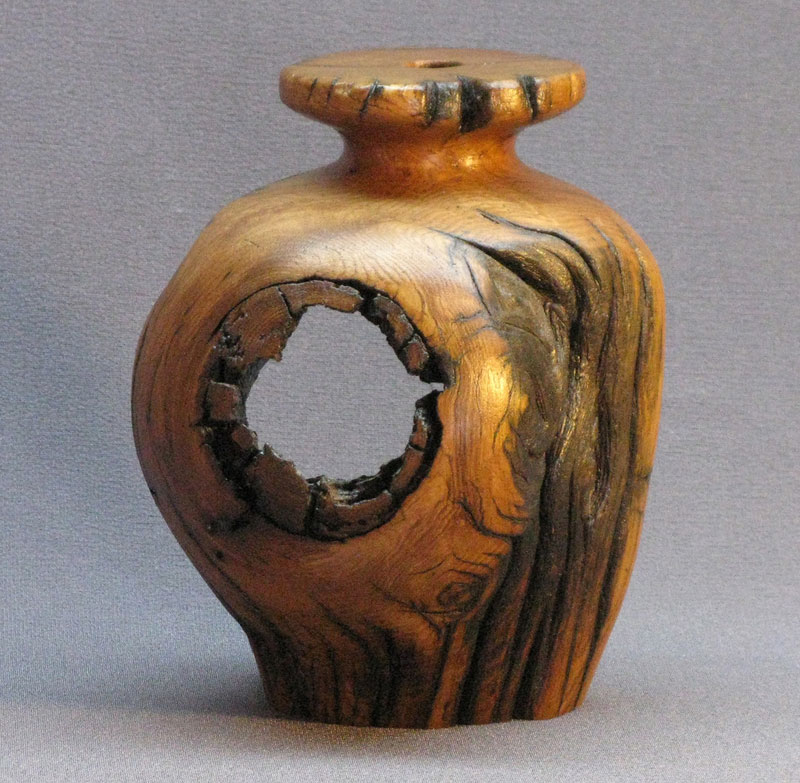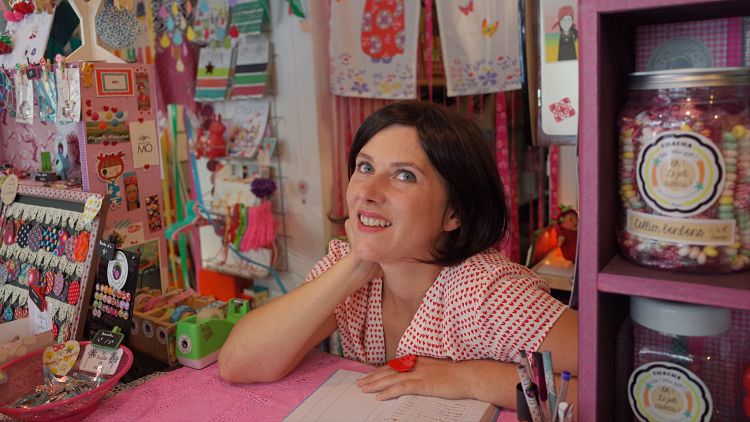Q. I’m beginning to plan my show schedule for next year, and I’m having a hard time deciding which shows to apply for. Can you give me some advice that will help me make the best choices?
—Reese Jackson
A. This is the perfect time of the year to begin the research that will help you make wise choices for future shows. I think you’ll want to make this decision based on two factors: first, the show’s demographics and, second, on a careful analysis of projected expenses and income. I’m concerned that all too often we go to shows without properly doing our homework. Before we get to the money issues it’s important to check out the show.
The old saying that “one size doesn’t fit all” is certainly true when it comes to crafts shows. Your friend the jeweler might do very well at a particular show, but your potter friend might find it a money loser. So how can you get a sense if a show might be right for you? The show producer’s website would be a great first stop. Look for attendance numbers, check out the work of past exhibitors, try to get a sense of the promotion the show gets, and be sure to look for any reviews from exhibitors and attendees. If you don’t find the information you want, either e-mail them or, better yet, pick up the phone–the give and take of a live conversation will often get you what you need quite efficiently.
Next, you’ll want to check out the area the show is likely to draw from. This again is an online search; look for other nearby cultural venues that are already drawing your typical customers to the area. See if there are any events planned for the same time as the show, making cross-marketing an option. Lastly, and perhaps optimally, talk to makers who have done the show. The show’s website should give the names of past exhibitors. Most craftspeople are eager to share helpful information with other makers.
Once you have determined which shows would be good for you, it’s time to look at the money side of the picture. So let’s generalize and run through the hypothetical expenses related to doing one of the major wholesale or retail shows. There will be an application fee of around $40. Then you’ll have to budget for your own public relations around being in the show. I can assure you that one way to make money at a show is to let your customers know you’ll be there. You can do this via e-mail for the cost of the time it takes to create the e-blast; you’ll figure this at your pay rate or that of the person you pay to do it. You can combine this with a postcard that is often hung on the refrigerator as a constant reminder about your presence at a show. Printing and mailing a postcard may cost $150 to $200 or more, depending on your list size. Be sure to print extras to hand out at the show. This method will also remind your customers who won’t visit the show that you’re still working and will show them some of your new work.
I’m assuming the show you choose is not in your hometown, and you have to travel and be away from home. As of Jan. 1, 2013, the IRS established the standard mileage rate for the use of a car (also vans, pickups, or panel trucks) at 56.5 cents per mile for business miles driven. Most businesses use this as the rate to repay employees. You may not be repaying yourself for the travel costs, although perhaps your business should take this on as an expense and repay you. However you handle the paperwork, you’ll have to come up with a number for this. I’m adding in $141 for 250 miles. You’ll have to sleep somewhere for the run of the show, since most shows run for three days with a setup day; this means four nights in a hotel. If you’re lucky and plan ahead, you may be able to snag a $100-a-night place, so that’s $400. You’ll be eating three meals a day for four days. If you’re not going to eat fast food and you have a $6 breakfast, a $10 lunch, and a $15 dinner, that’s $31 a day or $124 for four days; if you’re traveling with an assistant, it’s $248. I find at the end of an intense day on my feet talking, all I want is to sit and be taken care of; food seems to be a healer at the end of the day. This could mean the numbers I’ve presented are not high enough.
The booth fee will no doubt be your major expense. I shopped around a number of the major shows, and the fee for a typical 10-foot-by-10-foot booth ranges from $775 to $855. There is always a surcharge for a corner.
You’ll also want to figure in the cost of your time, including the time away from production getting ready for the show, the out-of-studio time while you’re at the show, and then the time unpacking and debriefing when you return. Let’s assume it takes you six hours to pack and that you’ll work four- to eight-hour days with three hours to repack. That’s 41 hours. Let’s bill your time at $15 an hour (probably low, using the rate you do pay yourself). This expense totals $615. Therefore, based on one person needing a room, eating, and working, the booth the total is $2,270. You also need to be aware that you are losing production time and need to figure what that’s worth to your business and add that in.
Now let’s take a look at your cost of goods, including materials, labor, and studio expenses related to production. I always urge makers to figure accurate wholesale costs and double them for retail. Following this advice, you’ll have to sell around $5,500 to break even at the hypothetical show we’re using if it’s retail. The numbers would be higher for a wholesale show; you would use your wholesale markup to figure this one out. You now have to use what you know about the show and decide whether you can make the numbers work for you.
I’ve spelled out what I believe to be the pertinent expenses related to doing a four-day away-from-home show. You should be able to apply the same thinking to a smaller regional show. My advice is: Don’t leave home without doing your homework and you’re fairly certain you’ll make money.







